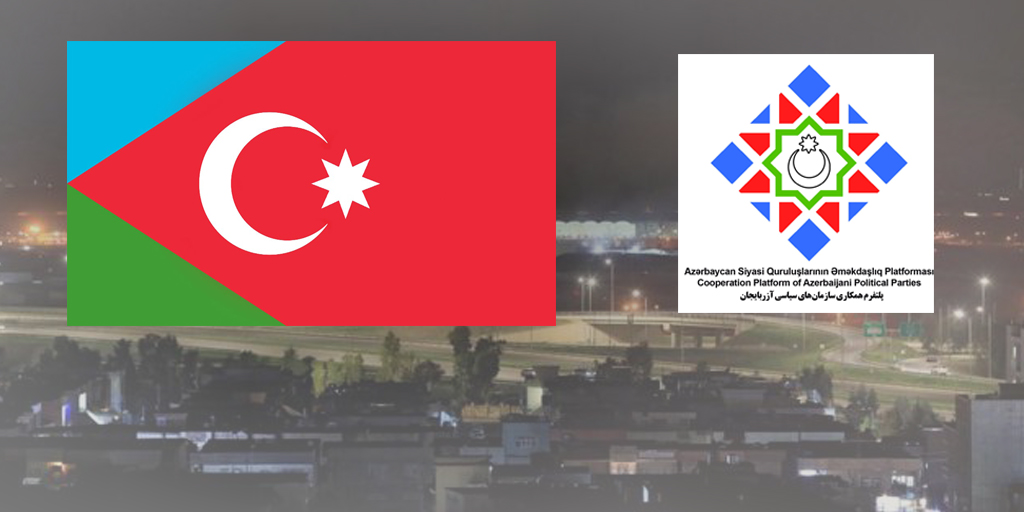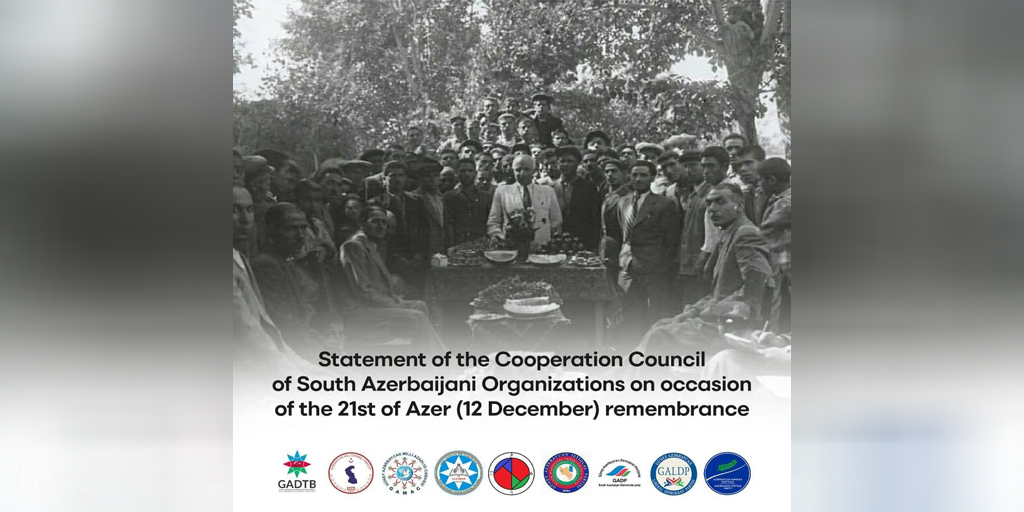Human chain of environmental organizations around the Urmia Lake (photo)

Araz News: As the environmental catastrophe of Lake Urmia’s gradual demise and dramatic shrinkage of up to 90% remains unaddressed and systematically disregarded by the Iranian government, a large group of activists from different parts of Iran gathered at the Urmia lake on Friday, 21 August 2015.
Rounded up on the salt land, once home to one of the world’s largest hyper-saline lakes, the activists held hands making a human chain and raised placards of ‘’Save Lake Urmia, Save Ecosystem of Iran’’.
The activists’ visit to Lake Urmia took place on the occasion of the second three-day national assembly on environment and natural resources.
The assembly brought together roughly 150 environmental activists and experts in Tabriz city to explore possible solutions and ways forward for the country’s environmental challenges.
In the late 1990s, Lake Urmia, in north-western Iran, was twice as large as Luxembourg and the largest salt-water lake in the Middle East. Since then it has shrunk substantially, and was sliced in half in 2008, with consequences uncertain to this day, by a 15-km causeway designed to shorten the travel time between the cities of Urmia and Tabriz.
Historically, the lake attracted migratory birds including flamingos, pelicans, ducks and egrets. Its drying up, or desiccation, is undermining the local food web, especially by destroying one of the world’s largest natural habitats of the brine shrimp Artemia, a hardy species that can tolerate salinity levels of 340 grams per litre, more than eight times saltier than ocean water.
Effects on humans are perhaps even more complicated. The tourism sector has clearly lost out. While the lake once attracted visitors from near and far, some believing in its therapeutic properties, Urmia has turned into a vast salt-white barren land with beached boats serving as a striking image of what the future may hold.


























